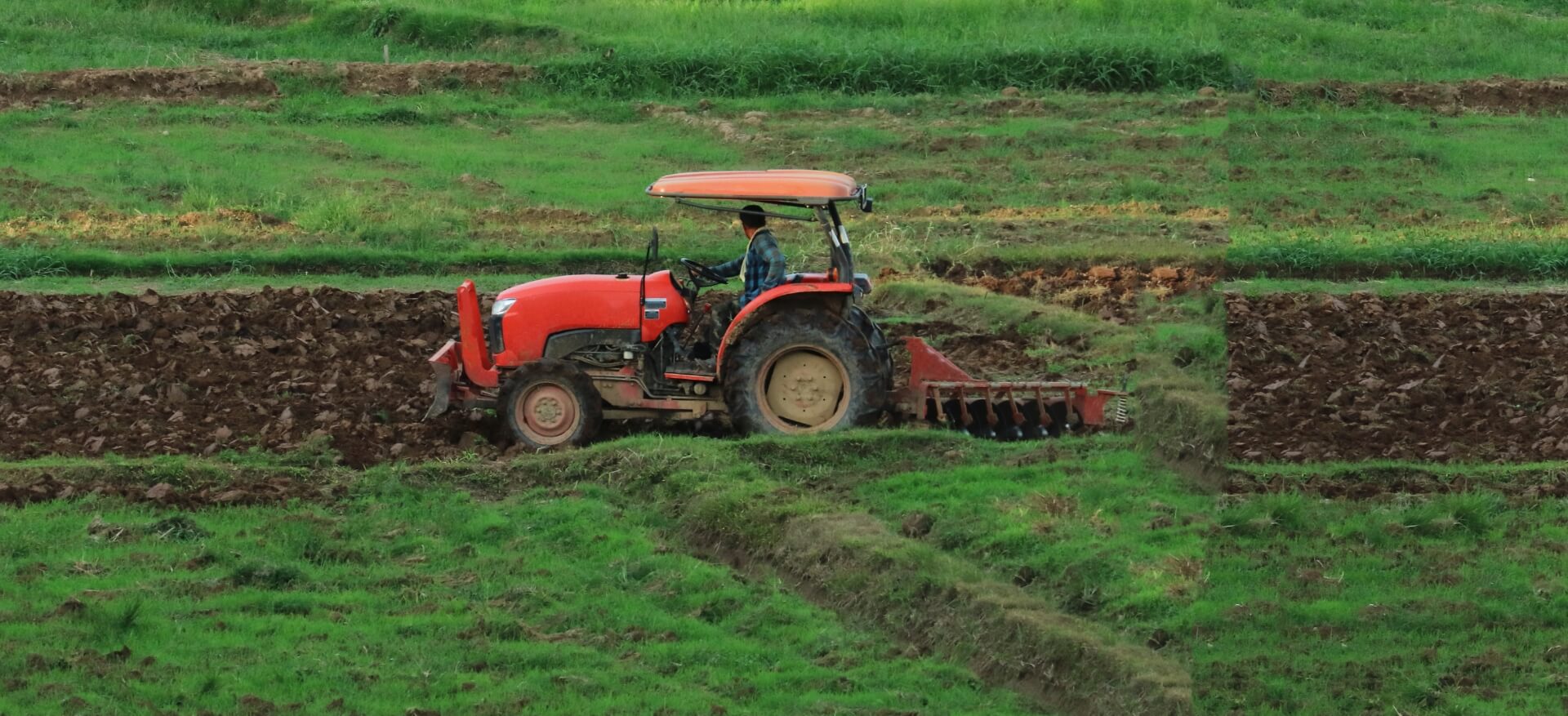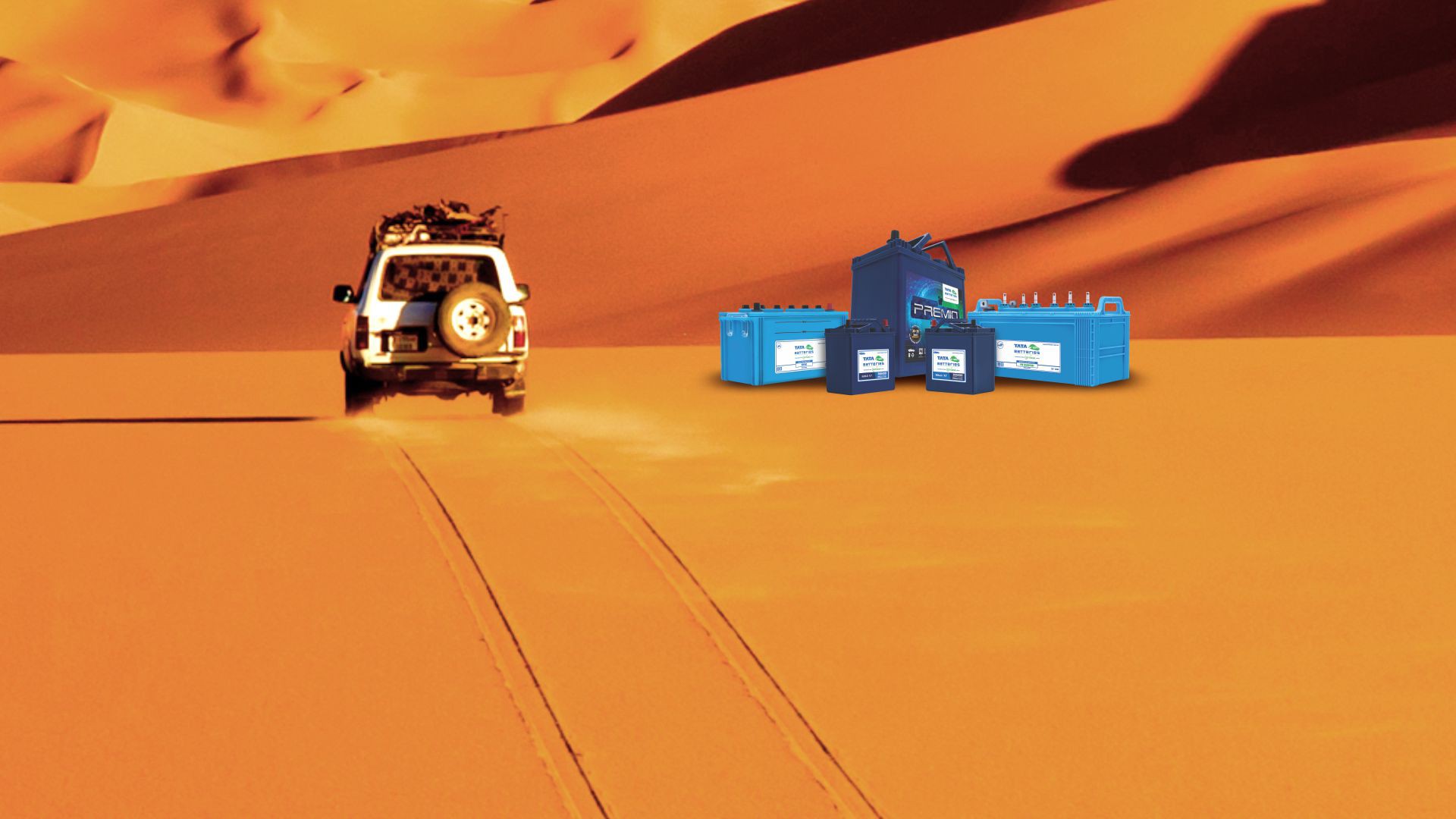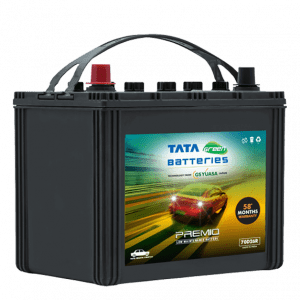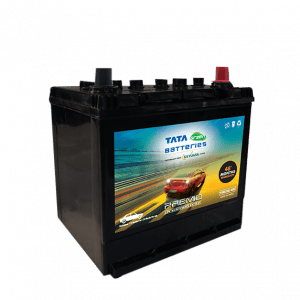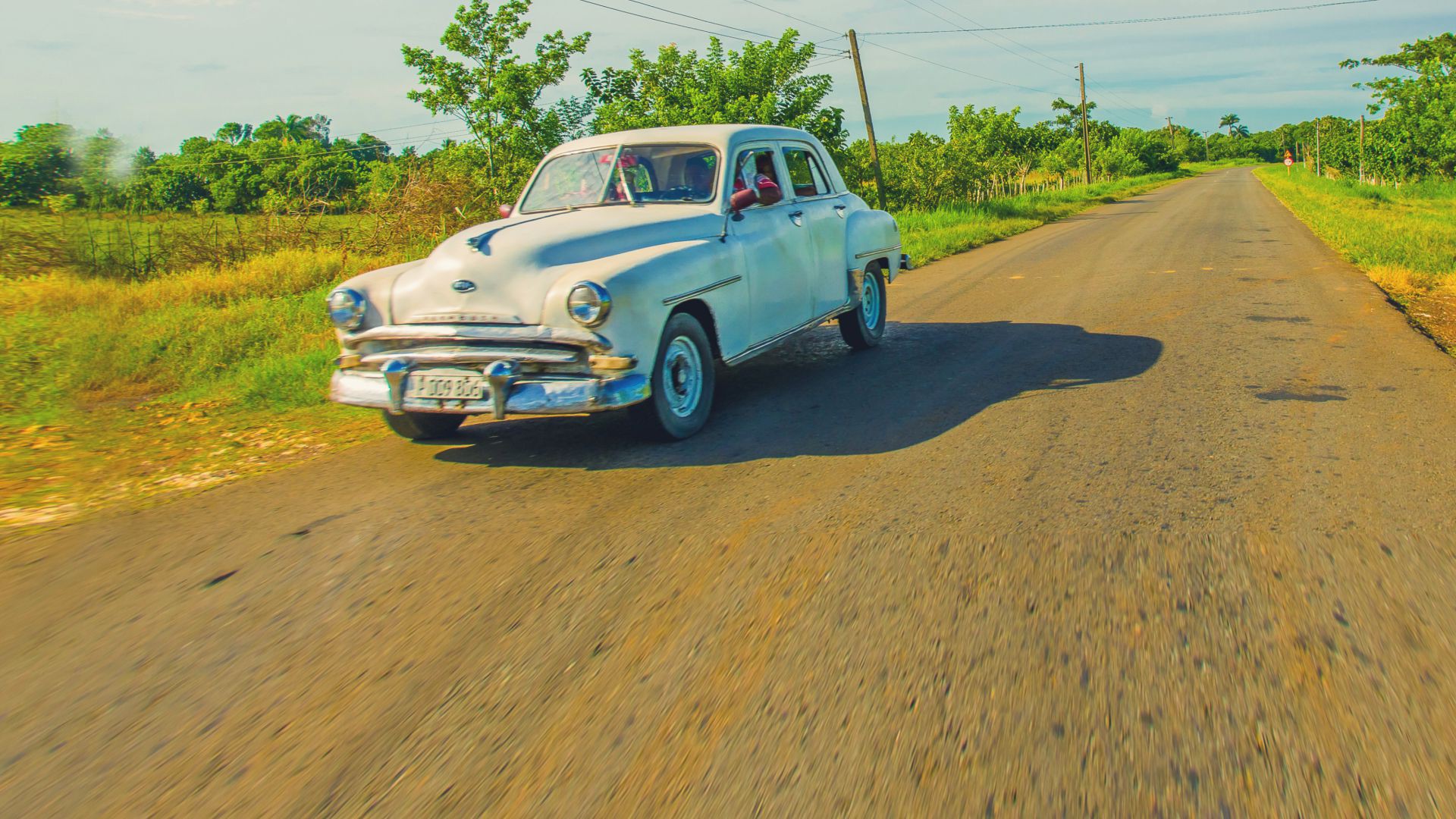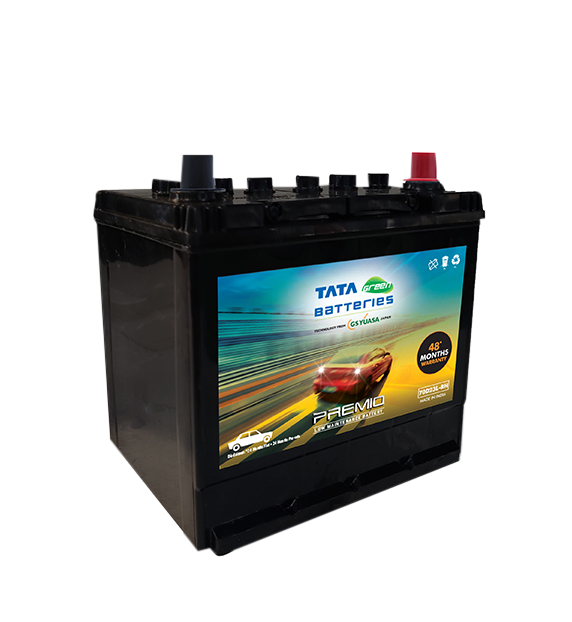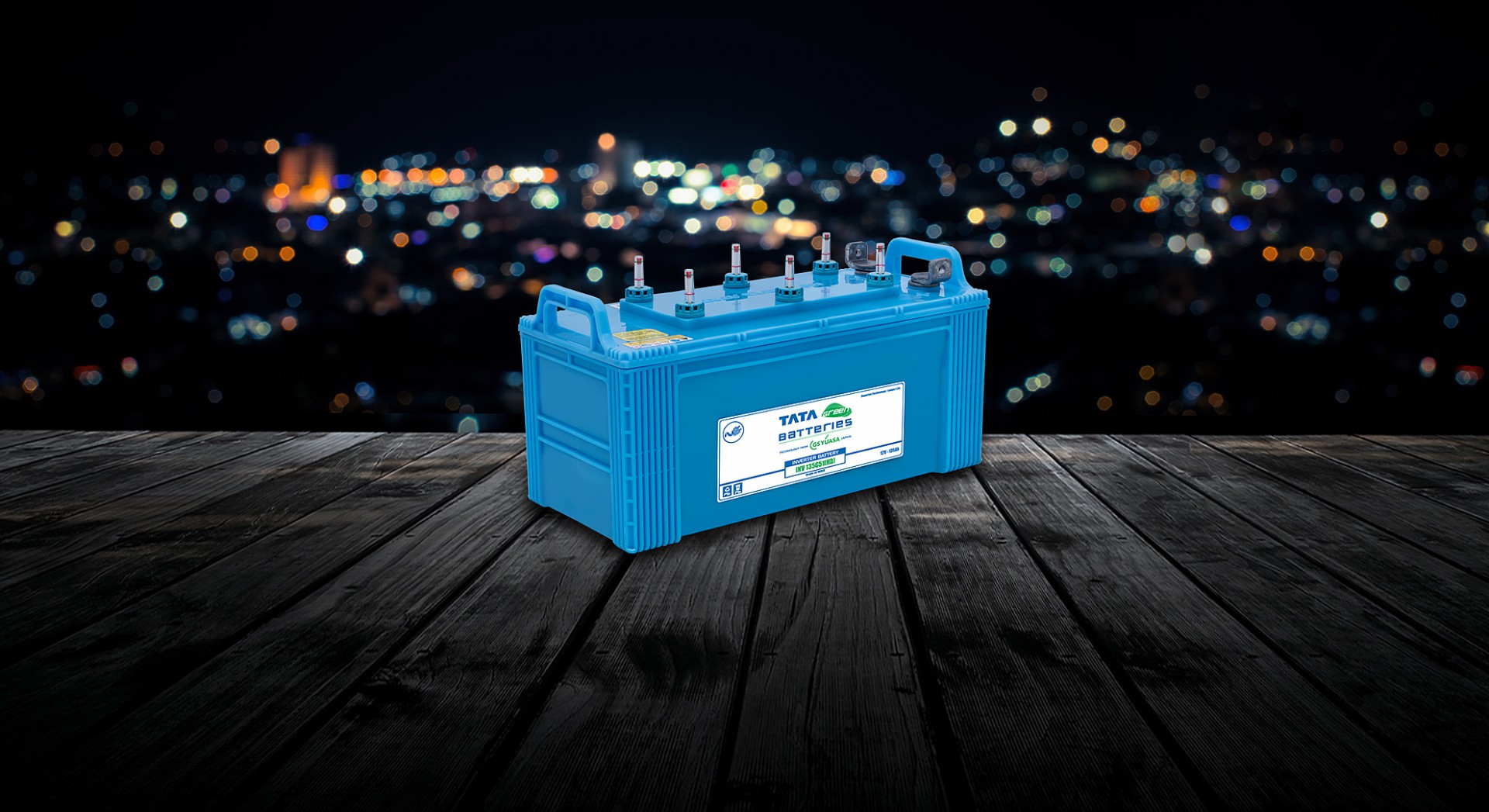Travelling in winter holds a unique allure: snowy landscapes, crisp mountain air, and the sheer beauty of nature’s icy wonders. This winter, why not embrace your inner explorer and discover some of India’s most offbeat destinations? Take the #RoadLessTraveled and prepare for a journey through pristine, untouched beauty. Here’s a list of five incredible spots to add to your travel bucket list.
1. Phugtal Monastery, Ladakh
Nestled in the remote Zanskar Valley, Phugtal Monastery (or Phugtal Gompa) is a sanctuary for serenity and spirituality. Founded in the 12th century by Gangsem Sherap Sampo, this monastery is one of the most isolated in Ladakh, accessible only by foot. Perched on a cliffside and designed like a honeycomb, it overlooks the Lungnak River, offering breathtaking views.
The monastery houses around 70 monks, features a library and prayer rooms, and serves as a spiritual retreat for many. If you’re seeking tranquillity and a chance to witness the resilience of human ingenuity against nature’s harshness, Phugtal Monastery should be your go-to destination.
2. Hanle, Ladakh
Hanle is a tiny hamlet that offers one of the clearest skies in India, making it a paradise for stargazers. Located southeast of Leh near the Indo-Chinese border, Hanle is home to the Indian Astronomical Observatory, one of the highest in the world.
Getting here requires a special permit from the Indian government, but the journey is worth it. On a clear night, you can witness the Milky Way in all its splendour without the need for a telescope. The unspoiled beauty and celestial wonders make Hanle a destination like no other.
3. Kongka La, Ladakh
Kongka La, a high-altitude pass located between India and China, is steeped in both history and mystery. It was the site of a significant conflict during the 1962 Indo-China War. Today, it remains one of the least accessed areas in the world, with both nations refraining from patrolling it as per mutual agreement.
What adds an enigmatic charm to Kongka La are the local legends and frequent reports of UFO sightings and strange humanoid figures. Whether you’re an adventurer, a history enthusiast, or intrigued by extraterrestrial tales, Kongka La offers a truly offbeat experience.
4. Living Root Bridges, Meghalaya
Deep in Meghalaya’s Khasi Hills lies a testament to human ingenuity and nature’s adaptability: the living root bridges. These unique structures are grown, not built, by training the roots of rubber trees across streams and rivers. The most famous among them is the Umshiang double-decker bridge, over 180 years old.
Some of these bridges are believed to be over 500 years old and can support the weight of up to 50 people at once. They’re not just functional; they’re a symbol of sustainable living and harmony with nature. Trekking to these root bridges is a journey into a lush green paradise, perfect for eco-conscious travellers.
5. Floating Loktak Lake, Manipur
Loktak Lake, located in Manipur, is a marvel of nature and culture. Known as the largest freshwater lake in Northeast India, it is also home to the world’s only floating national park—Keibul Lamjao National Park.
The lake’s surface is dotted with phumdis—floating masses of vegetation, soil, and organic matter in various stages of decomposition. Loktak is an ecological haven, supporting over 425 animal species, 223 aquatic plant varieties, and 100 bird species. It’s also home to the endangered Sangai deer, which is endemic to this region.
Visiting Loktak Lake isn’t just about the sights; it’s an opportunity to engage with the local communities and understand the delicate balance between humans and nature.
Gear Up for Adventure with Reliable Batteries
Ready to hit the road? Whether you’re embarking on these remote adventures by bike or car, make sure your vehicle is equipped with reliable batteries. Tata Green Batteries, with their innovative VRLA technology, are designed for the toughest terrains and varying weather conditions. Partnering with GS Yuasa, pioneers in VRLA batteries, Tata Green ensures your journey is as smooth as your destination is extraordinary.
Which #RoadLessTraveled Destination Will You Choose?
Each of these destinations offers something unique—a blend of natural beauty, cultural richness, and an escape from the ordinary. So, which one will you explore first? This winter, let your wanderlust take the wheel and journey into the heart of India’s hidden treasures.




